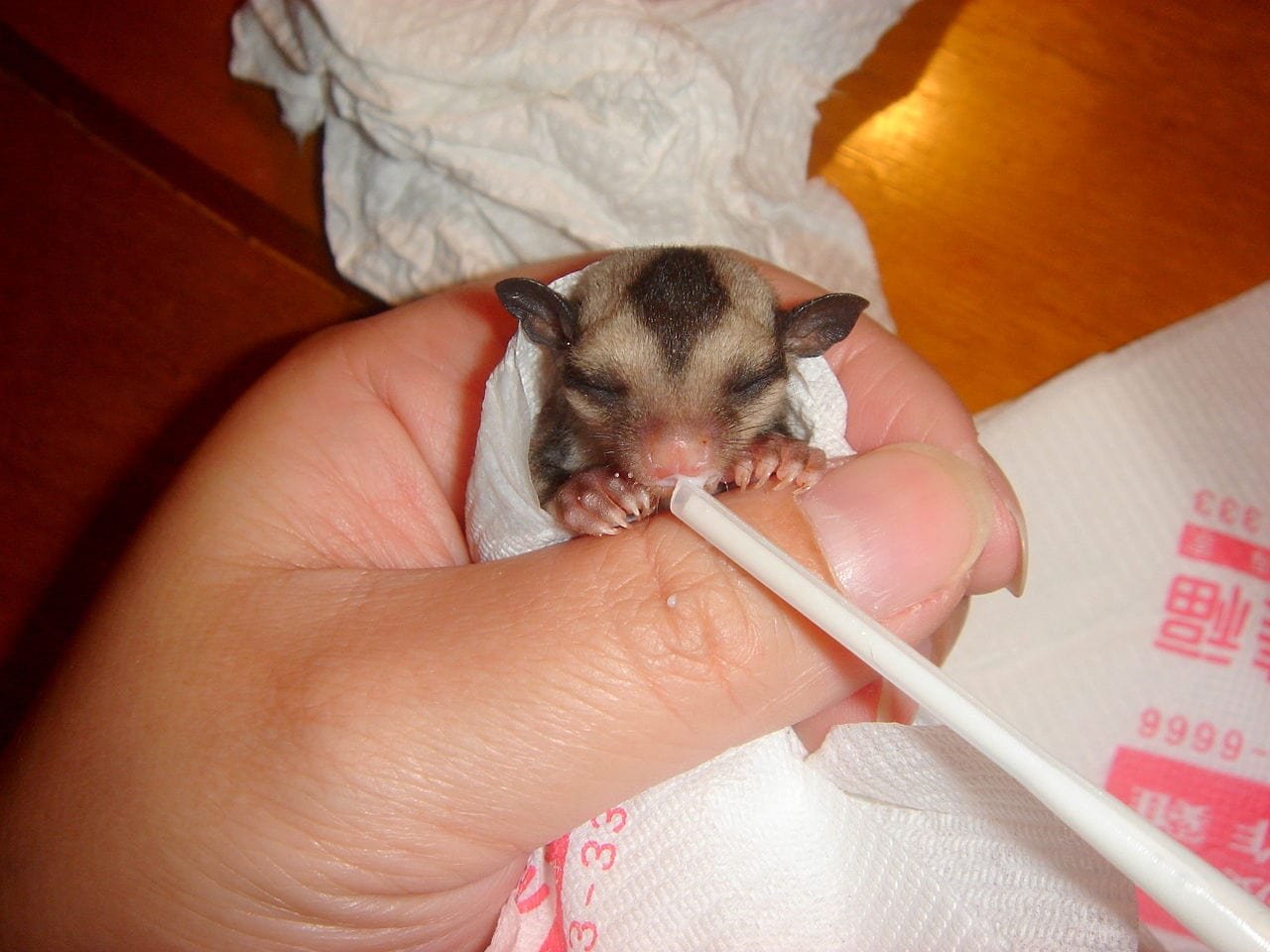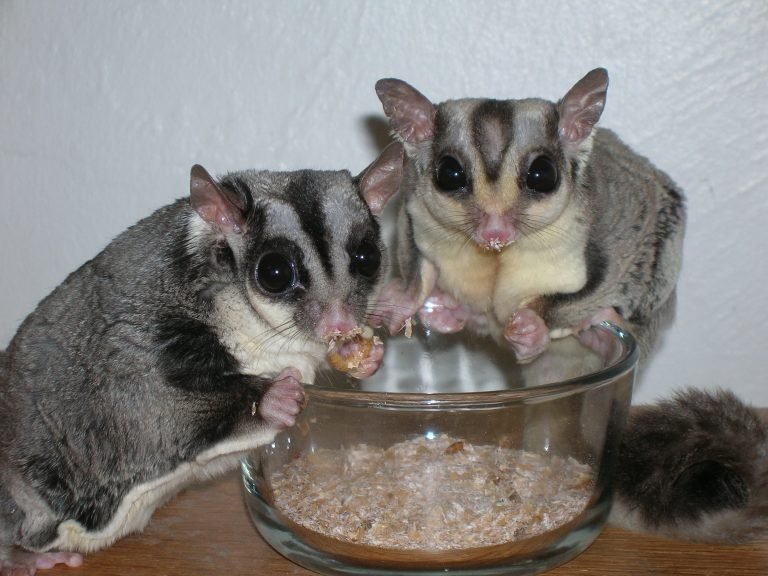How To Feed Sugar Gliders
Feeding sugar gliders can be a fun and rewarding experience. These tiny marsupials have unique dietary needs that must be met in order for them to thrive. In this article, we will explore the essentials of feeding how to feed sugar gliders and provide you with helpful tips and information to ensure that your furry friends receive a balanced and nutritious diet.
Why is a Proper Diet Important for Sugar Gliders?
A proper diet is essential for the health and well-being of sugar gliders. These small creatures have specific nutritional requirements that must be met in order to support their growth, reproduction, and overall health. Providing a balanced and varied diet will help prevent nutrient deficiencies and promote longevity in your sugar gliders.

What Do Sugar Gliders Eat in the Wild?
In the wild, sugar gliders primarily consume a diet of plant sap, nectar, fruits, insects, and gum from trees. They are omnivores, which means they eat both plant and animal matter. Their natural diet is rich in carbohydrates, proteins, fats, vitamins, and minerals.
1. Fresh Fruits and Vegetables
Introduce a variety of fresh fruits and vegetables in your sugar glider’s diet. Include options such as apples, bananas, grapes, carrots, cucumber, and leafy greens. These provide important vitamins and minerals and contribute to a balanced diet.
2. Protein
Protein is a crucial component of a sugar glider’s diet. Include lean sources of protein such as cooked chicken, eggs, mealworms, crickets, or tofu. Avoid giving them processed meat or fatty cuts as these can be harmful to their health.
3. Commercial Sugar Glider Food
There are commercially available sugar glider pellets and diets that provide a balanced mix of nutrients. Look for high-quality options that are specifically formulated for sugar gliders and avoid ones with added sugars or artificial ingredients.
4. Calcium and Vitamin Supplements
Sugar gliders require calcium and vitamin supplements to maintain optimal health. Dusting their food with calcium powder and providing a multivitamin supplement can help meet their dietary needs.
What Foods Should Be Avoided?
While there are many foods that sugar gliders can enjoy, there are also several items that should be avoided as they can be harmful to their health. These include:
– Chocolate: Chocolate contains theobromine, which is toxic to sugar gliders.
– Dairy products: Sugar gliders are lactose intolerant and should not be fed dairy products.
– Caffeinated beverages: Sugar gliders are highly sensitive to caffeine and should never consume it.
– High-sugar foods: Sugary treats can lead to obesity and dental issues in sugar gliders.
Dietary Guidelines and Feeding Schedule
To ensure a balanced diet for your sugar gliders, follow these dietary guidelines:
– Offer a variety of fresh fruits and vegetables daily.
– Provide sources of lean protein multiple times a week.
– Supplement their diet with commercially available sugar glider food.
– Offer calcium and vitamin supplements as recommended by your veterinarian.
Creating a feeding schedule for your sugar gliders can help establish a routine and ensure they receive consistent nutrition. While each glider’s preferences may vary, a typical feeding schedule may look like this:
– Fresh fruits and vegetables: Offer a small plate of fresh produce every night.
– Protein: Provide a source of lean protein every 2-3 days.
– Commercial sugar glider food: Offer a small portion of pellets daily.
– Calcium and vitamin supplements: Follow the recommended dosage provided by your veterinarian.
Frequently Asked Questions
Q: Can I feed my sugar gliders only fruits?
While fruits are an important part of a sugar glider’s diet, they should not be the sole source of nutrition. Sugar gliders require a balance of proteins, fats, vitamins, and minerals. Providing a variety of foods, including fresh fruits, vegetables, lean protein, and commercial sugar glider food, will ensure they receive all the nutrients they need.
Q: How much should I feed my sugar gliders?
The amount of food to feed your sugar gliders will depend on their age, activity level, and overall health. As a general guideline, offer about two tablespoons of fresh fruits and vegetables per glider per night. Adjust the portion size based on their appetite and body condition.
Q: Can sugar gliders eat baby food?
While some baby foods may be suitable for sugar gliders, it is important to read the labels carefully. Avoid baby foods with added sugars, preservatives, or artificial ingredients. It is best to consult with a veterinarian before introducing baby food into your sugar glider’s diet.
Final Thoughts
Feeding sugar gliders a proper and balanced diet is essential for their health and well-being. By providing a variety of fresh fruits and vegetables, lean sources of protein, commercially available sugar glider food, and supplements as recommended, you can ensure that your sugar gliders thrive. Remember to avoid harmful foods and consult with a veterinarian for any specific dietary concerns. With the right nutrition, your sugar gliders will lead a happy and healthy life.







